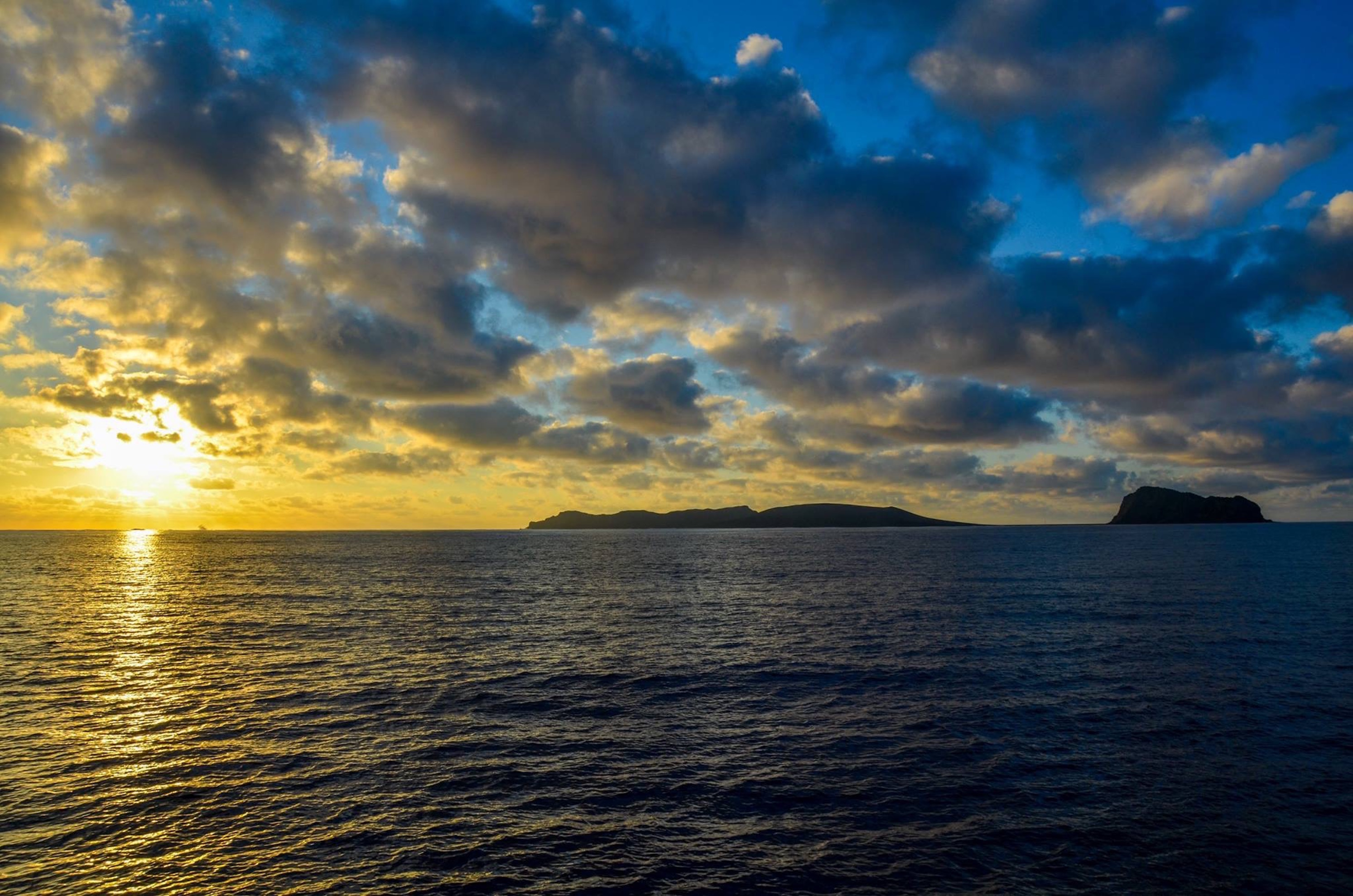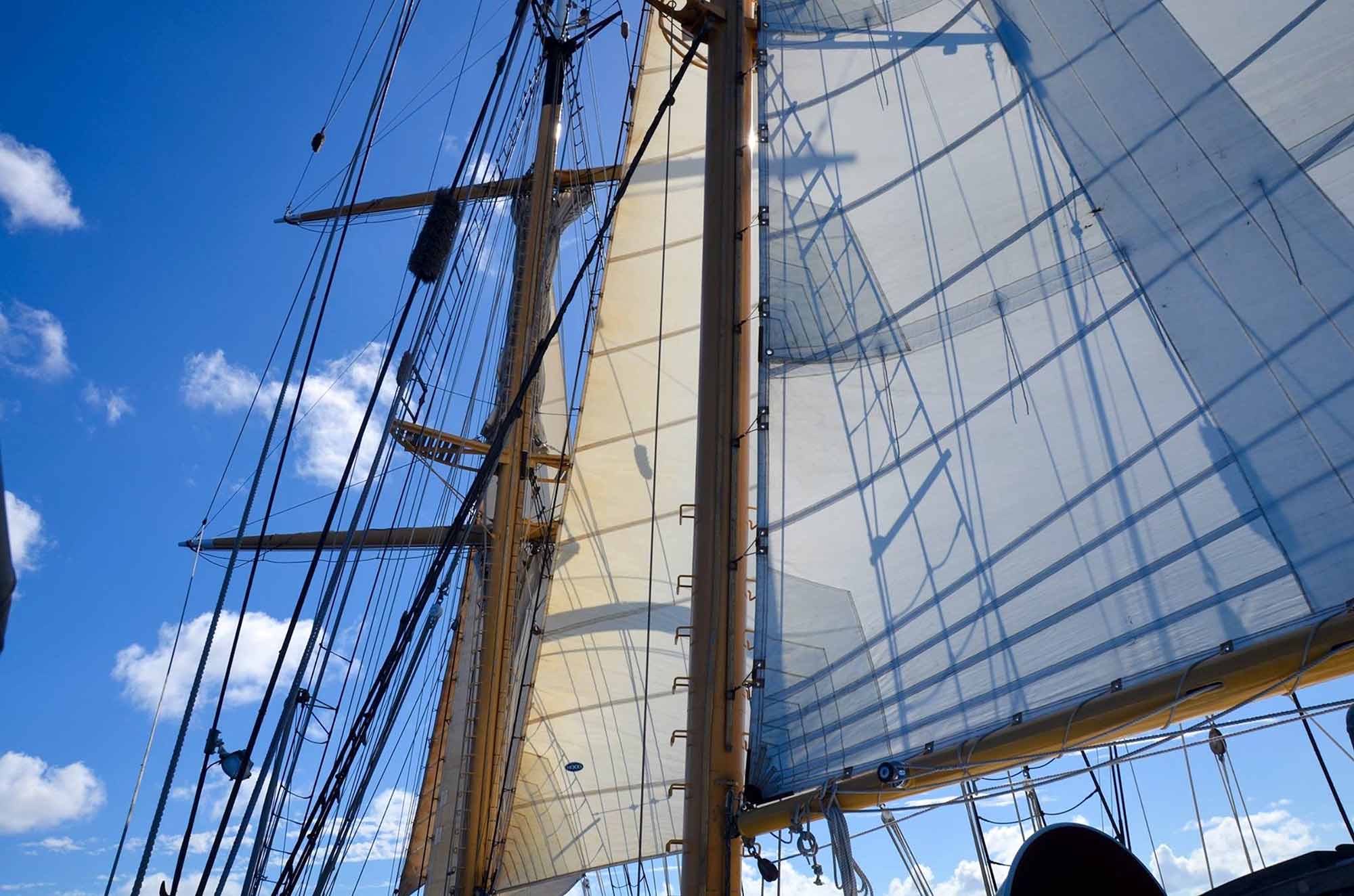Clare McClellan ’18 was determined to find “something completely different” for her junior-year-abroad experience. She found what she was looking for on a 134-foot Brigantine sailing ship in the South Pacific, studying climate change and Polynesian ecosystems and culture.
McClellan joined 25 other undergraduates from throughout the country on a 2,300-mile voyage from Samoa to New Zealand aboard the SSV Robert C. Seamans, under the auspices of the Sea Education Association, an environmental education and research organization based in Woods Hole, MA.
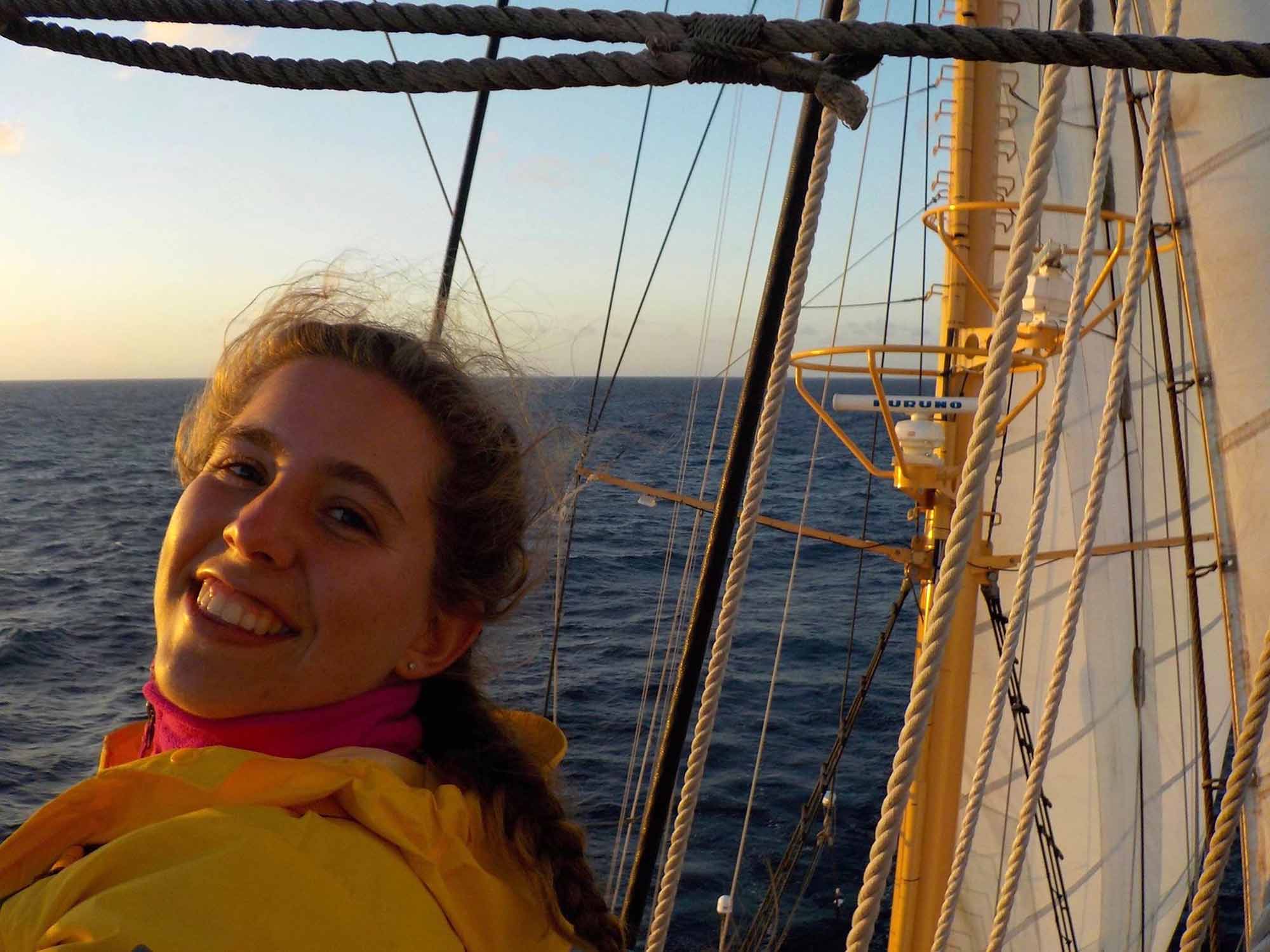
McClellan, an Environmental Studies major from Portland, OR, began her studies last August at SEA headquarters in Woods Hole, where she and her classmates took courses in oceanography, Polynesian history, and seamanship. McClellan also did some preliminary work on two topics for her individual research projects, one on coastal protection measures in Tonga as a result of sea level rise and a second on environmental education in Tonga.
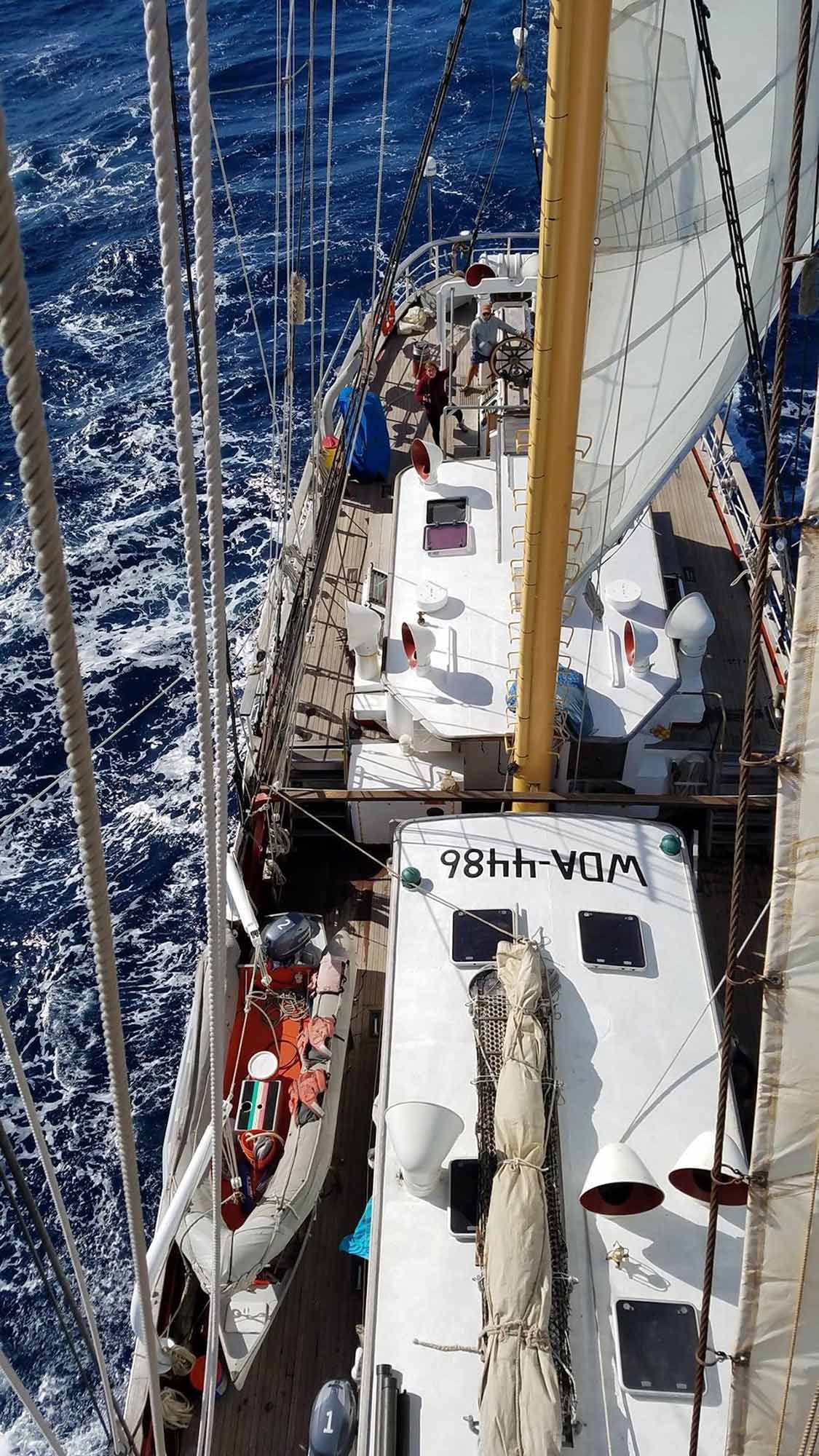
After four weeks at Woods Hole, the group flew to American Samoa and boarded the SSV Robert C. Seamans in Pago Pago harbor. The experience was exhilarating, McClellan says, and “also a little terrifying.” She’d never been on a craft larger than a tiny Sailfish sailboat.
The first leg of the voyage was something less than enjoyable. “I was seasick for three days, probably more seasick than anyone else on the ship,” she says. “I felt bad, because other members of my team had to do my chores for me.”
McClellan soon adjusted to life on the South Pacific, however, and by the time the ship reached its first port of call in Vava’u, Tonga, she was ready to start her research. “I learned that a lot of the mangroves along the beaches are being cut down,” she says, “and the government is engaged in a major re-planting project to retard erosion and stabilize the coast.” Mangrove timber is used for firewood and construction of housing and boats.
McClellan spoke with a marine biologist at the University of the South Pacific, who explained how college students were learning about climate change. And she met with an official of the Tonga Ministry of Environment, who explained how elementary and secondary school children are being taught about the effects of climate change and other threats to the environment. “We invited a high school teacher and his class to dinner on the ship, and they told us about some of the art projects they were doing to raise awareness about pollution,” McClellan says.
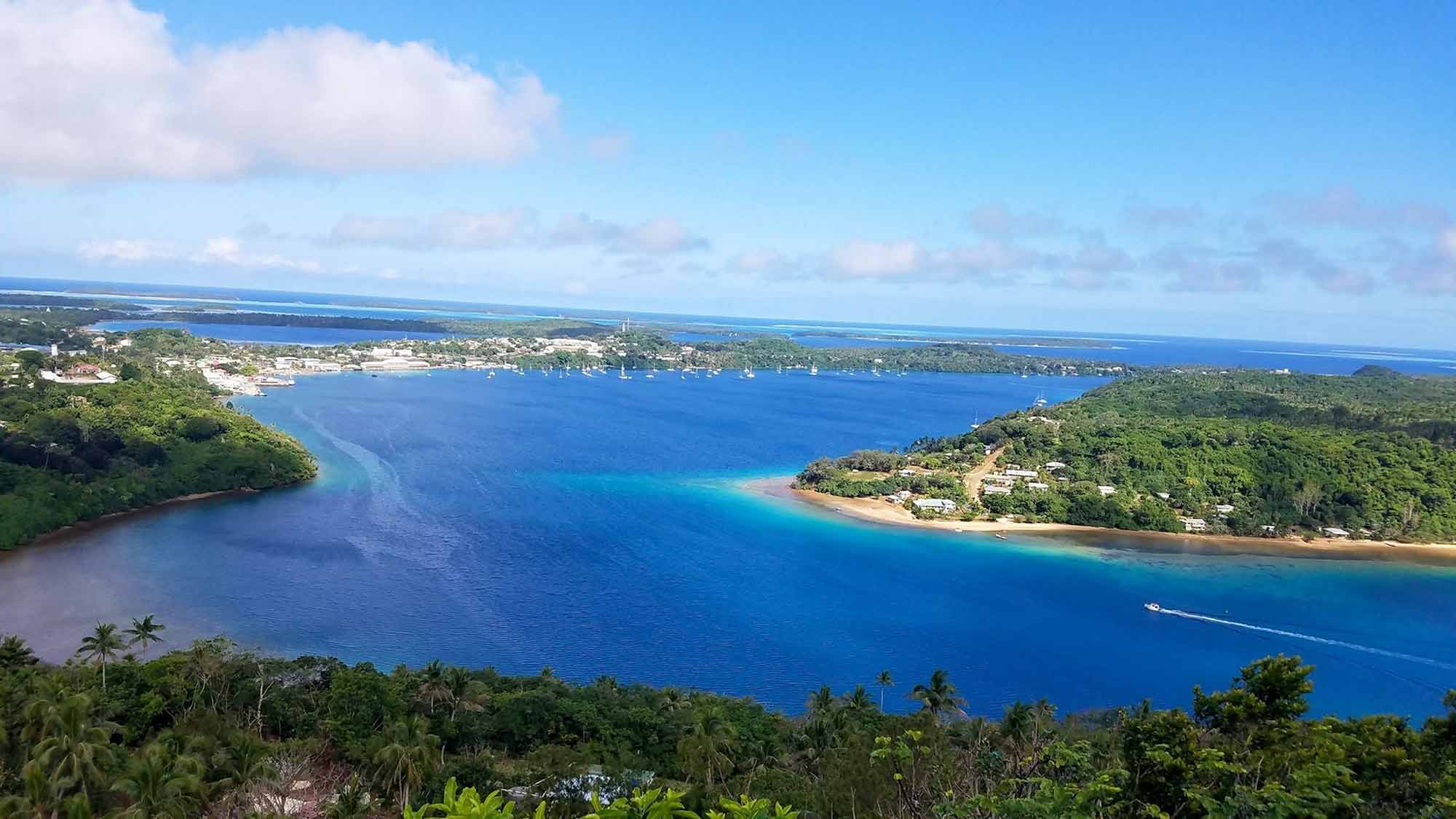
While most of her days were consumed by work on her research papers or attending to her assigned duties on the ship, McClellan says she made sure she took some time for solitary reflection on the remarkable experience she was having. “I’d often get up just before sunrise and go somewhere on the ship by myself,” she says. “I wanted to make sure I appreciated the sense of wonder the trip gave me.”
McClellan says she’ll always appreciate the trip for what it taught her about Tonga’s ecosystem and culture, but she adds she’ll also cherish the moments that were “just plain fun.” One such experience came midway between Tonga and Fiji.
“Our captain called us all on deck and announced, ‘The pool is open!’--meaning, we were allowed to jump off the boat and swim in the open ocean,” she recalls. “We'd all dreamed about this ever since we'd seen videos of other students doing it on the SEA website. We put on our bathing suits and rushed to line up in the bow of the boat, waiting our turn to jump.
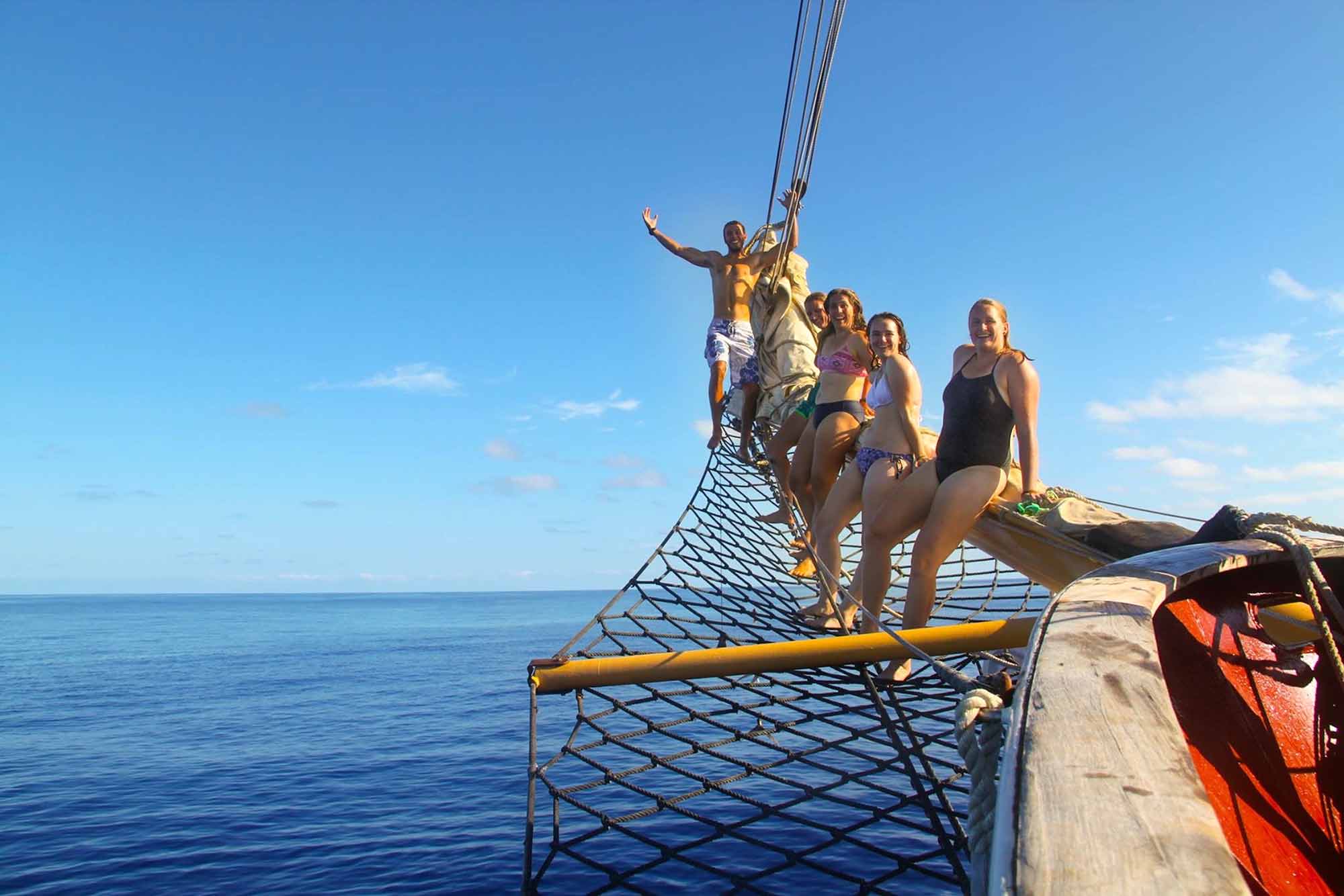
“When I had climbed as far forward as I could go, I paused for a second, mostly to try and calm my pounding heart (it was at least a 15 foot drop into 3,000 foot deep water), but also to take in the moment. I felt the Seamans rolling gently under me as I looked back and shared a nervous grin with my friend standing behind me, and then looked back down into the brightest blue water I've ever seen,” McClellan says.
“And then I jumped! We only got to swim for about 15 minutes, but we made the most of it, cheering each other on, playing catch with a football in the water, taking underwater pictures and being stoked about having this incredible experience and being able to share it with each other.”
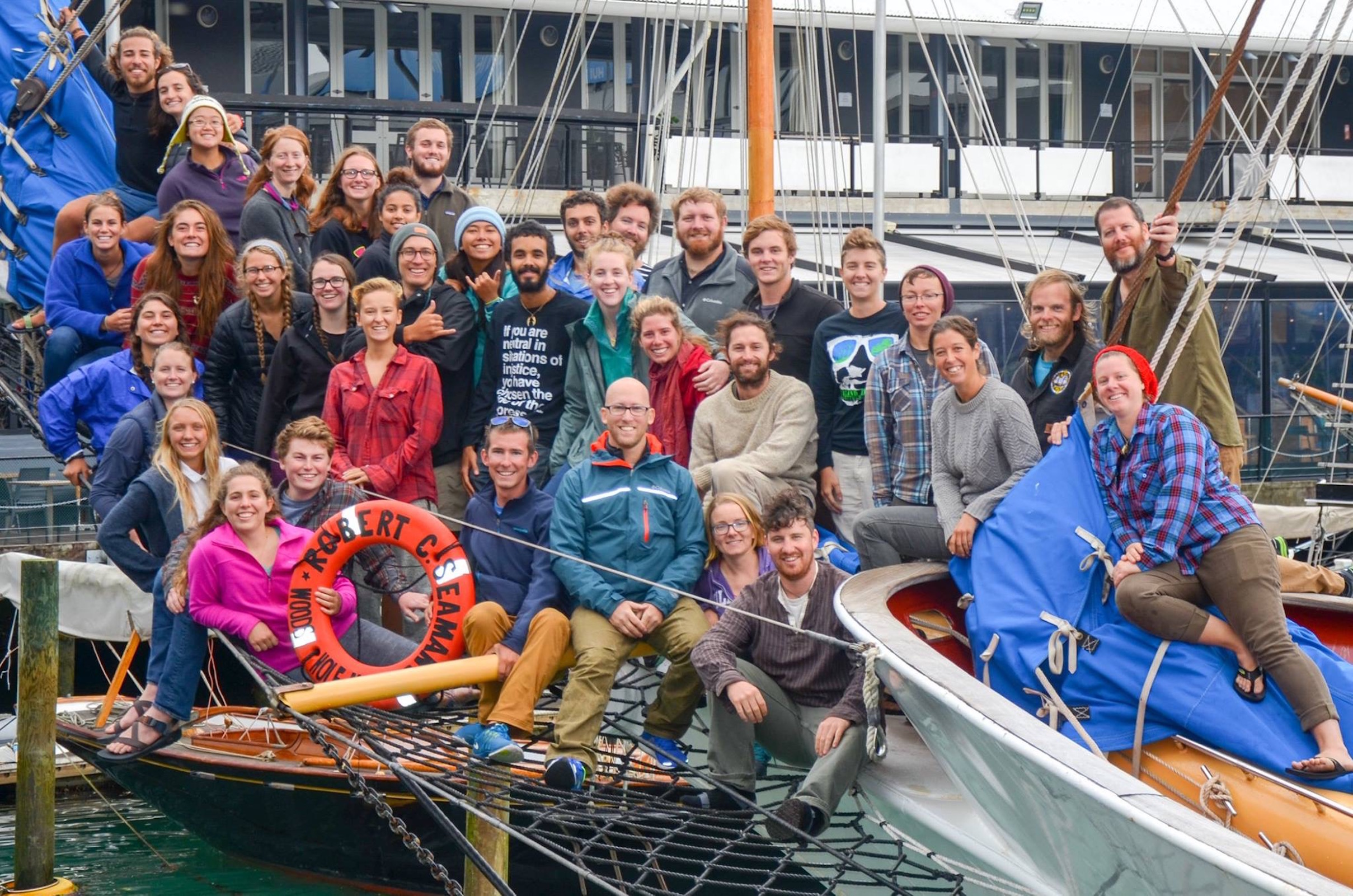
McClellan says she realized how far she’d come, literally and figuratively, when she took the helm as the Seamans sailed into Auckland harbor. “Each of us had various tasks on our watch,” she says, “but when all hands were on deck, my job was being at the helm, steering the ship. Taking it out of the harbor at Pago Pago had been terrifying, but bringing it into the harbor in Auckland was amazing, and I reflected on how much I had learned.”
Now that she’s back at Vassar, McClellan says she often reflects on what the voyage taught her. She says she learned as much about herself as she had about the environmental issues and culture on South Pacific islands. “I don’t have any specific academic or career plans as a result of the trip, but it changed me,” McClellan says, “It taught me I could rely on my ability to face challenges, but it also showed me the importance of collaboration, of building strong communities and relationships. That’s something I’ve become passionate about.”
